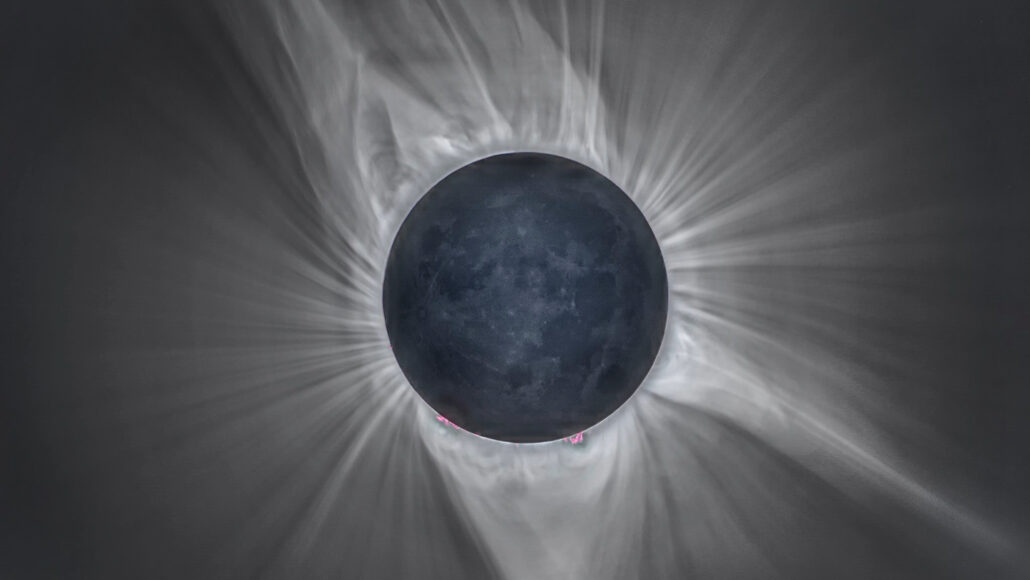
Space
You can get involved in science during the 2024 solar eclipse
The sun will be near the peak of its activity cycle during the eclipse on April 8, 2024. That will make it a great time to crowdsource solar research.
Come explore with us!

The sun will be near the peak of its activity cycle during the eclipse on April 8, 2024. That will make it a great time to crowdsource solar research.

The unusual, fruit-inspired structure of this material provides quick filtration that could satisfy people's daily water needs.
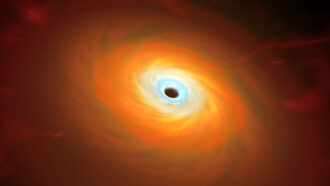
Cosmic swirls of gas, dust and plasma, accretion disks reveal the shadowy silhouettes of black holes and more.
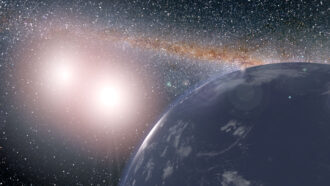
Like Luke Skywalker’s home, planets orbiting two stars may be plentiful. A new computer model suggests that many of those worlds could sustain life.

Equinoxes and solstices mark the maximums, minimums and mediums of hours spent in daylight.
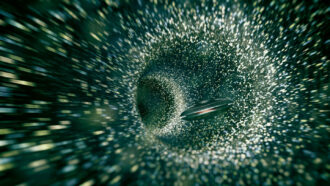
A probe going through a wormhole should be able to send messages home before such a tunnel forever closes, a new computer model finds.
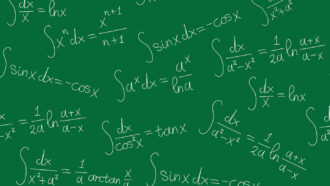
Calculus is math that deals with curves, from their changing slopes to the areas they enclose.
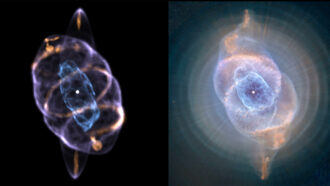
The Cat’s Eye nebula is one of the most complex of its kind. A 3-D model now reveals the source of that complexity.

A pole is either of two opposite ends of a molecule, magnet, battery, planet or other object.
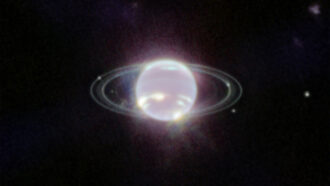
The Voyager 2 spacecraft took the first pics of Neptune’s rings 33 years ago. Now, NASA’s James Webb telescope is providing a more detailed view of them.